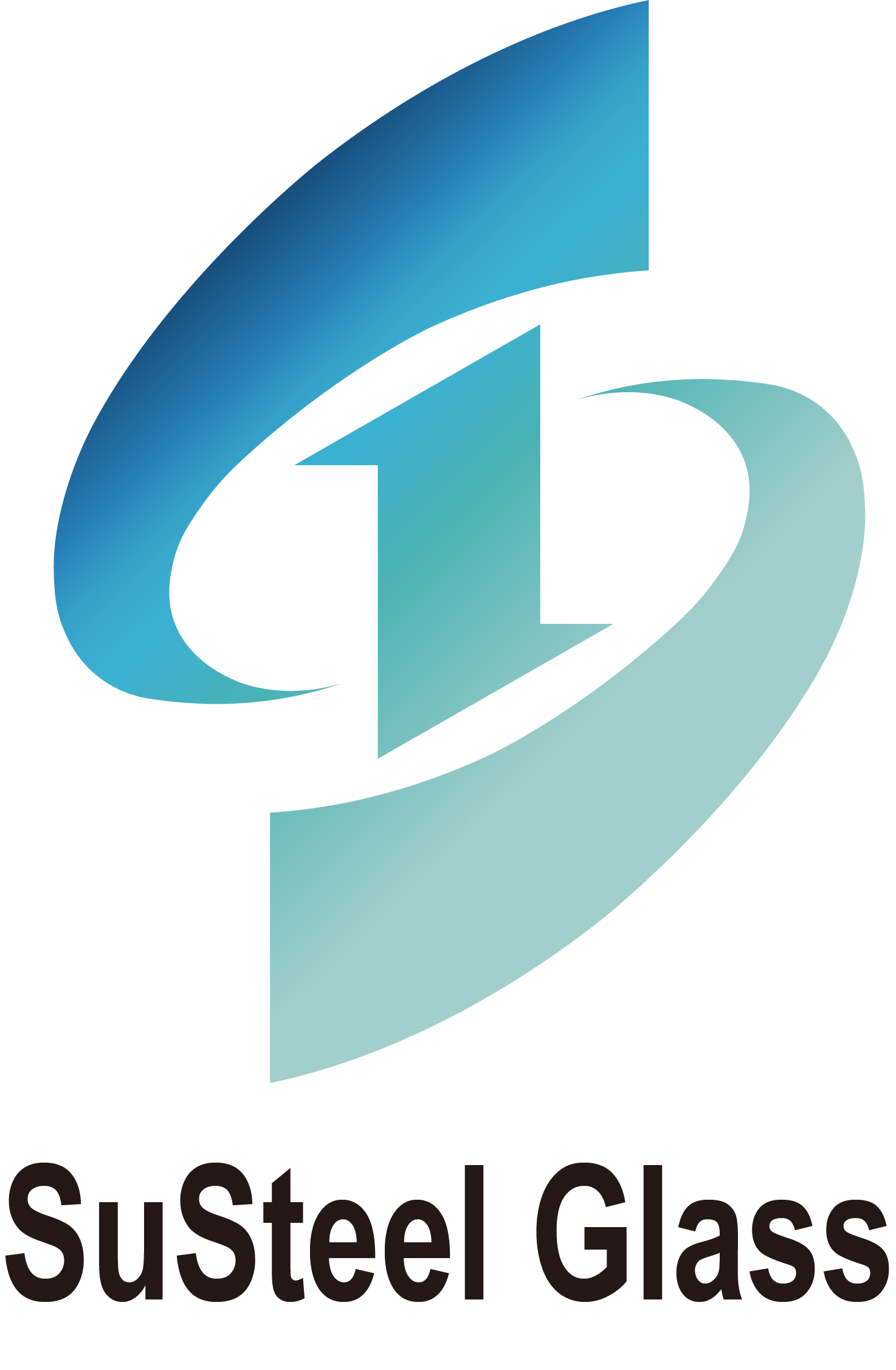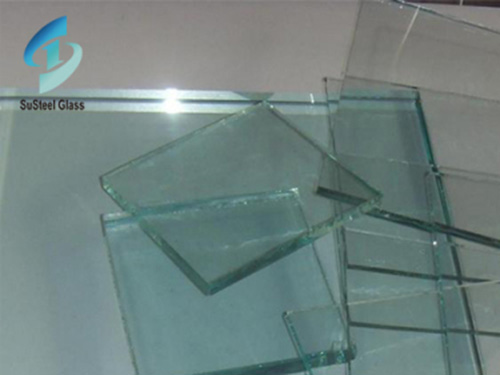
Glass has been widely used in modern times and has always been a product in greater market demand. Through the use of specific treatment techniques, we can not only make full use of the characteristics of the glass, but also make up for its defects, not limited by the natural properties of the glass. For example, laminated glass can not only heat insulation, and debris will not splash wounding, relatively safe. Next we will introduce the technical requirements of heat bending glass processing.
Heat bending glass can be classified into three categories: single bending, bending and composite bending. Thermal bending of glass is relatively easy for building glass with a single bend. But many manufacturers often in the product from the line edge roughly 150mm curve edge, can not be well consistent with the mold, some exceed the standard requirements, resulting in installation difficulties. To solve this problem, first of all, the electric heating arrangement of the hot bending furnace is required to be reasonable, to achieve local heating, and the product placement direction should be consistent with the direction of the electric wire.
The common heat bending glass is aquarium glass and counter glass. The main technical difficulty of bending glass is that the straight edge is bent, and it is easy to appear mold marks and other defects at the corner. Therefore, heat bending glass is also very common, such as spherical glass, turning arch profile, glass wash basin, etc. This kind of glass requires a high technical level in hot bending operation, and the production of accurate molds. Some of them need professional hot bending furnace to complete.
The frequency of heat bending glass is also greatly increased in various architectural occasions, so there is a good consumer market.
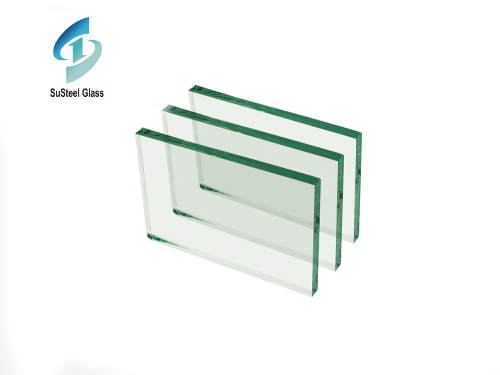 High Purity Tin Ingot: Essential Uses and Key Advantages
High Purity Tin Ingot: Essential Uses and Key Advantages
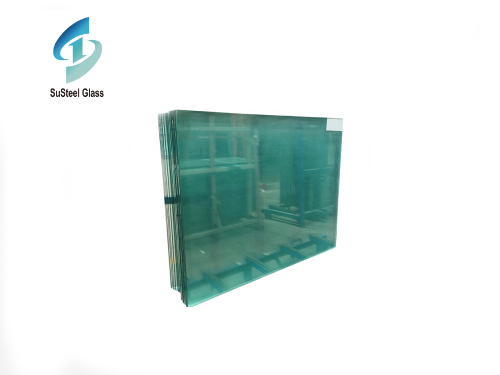 Burglar-Resistant Glass: Enhancing Security and Peace of Mind
Burglar-Resistant Glass: Enhancing Security and Peace of Mind
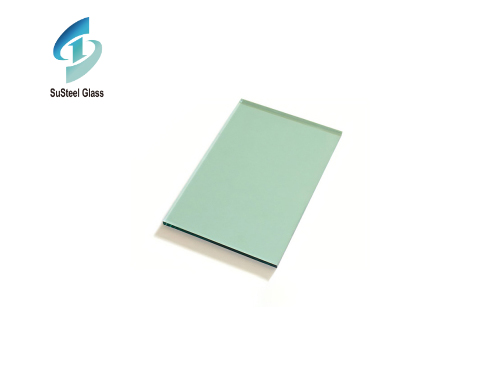 Exploring the World of Green Tinted Glass Products: Versatility and Sustainability
Exploring the World of Green Tinted Glass Products: Versatility and Sustainability

